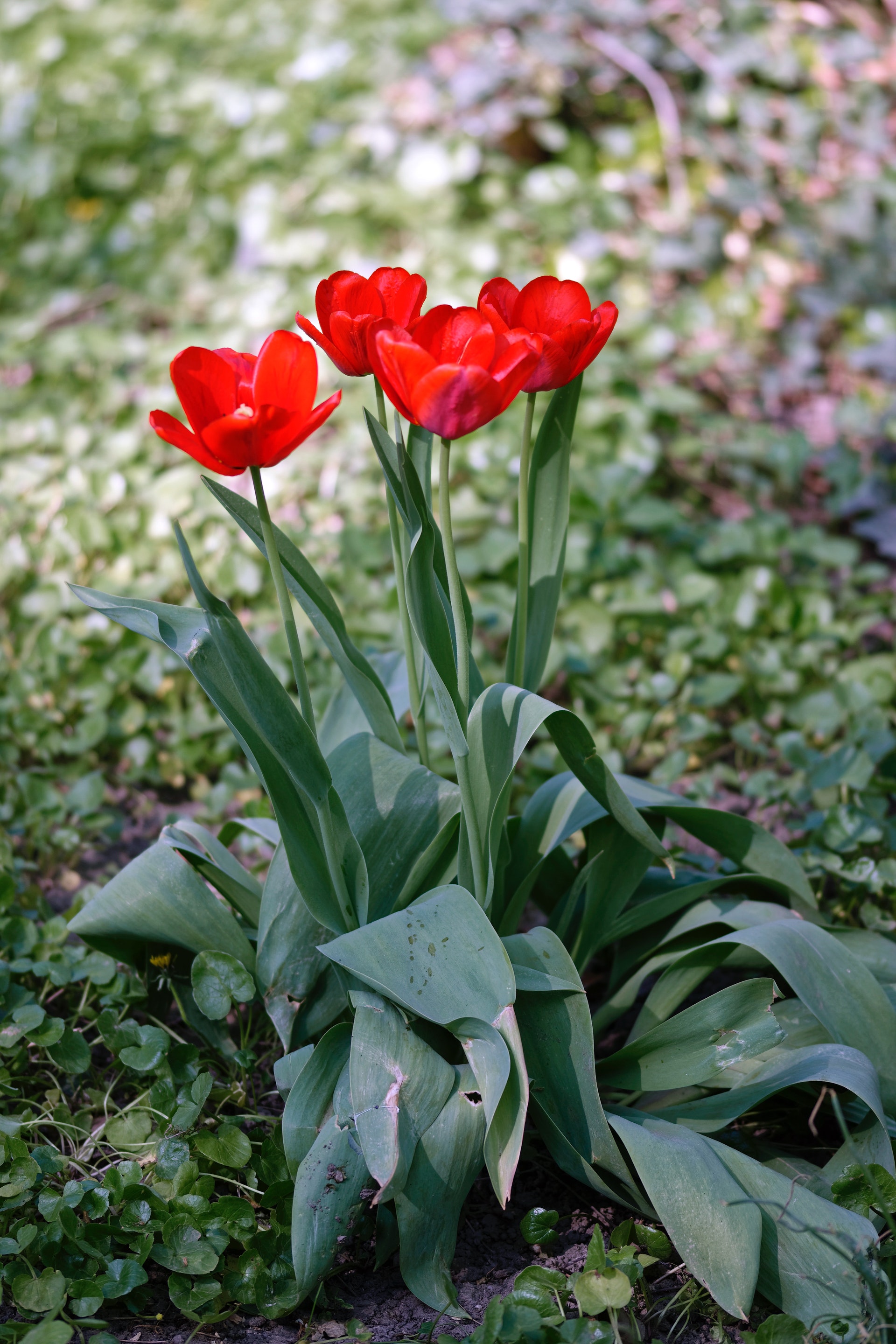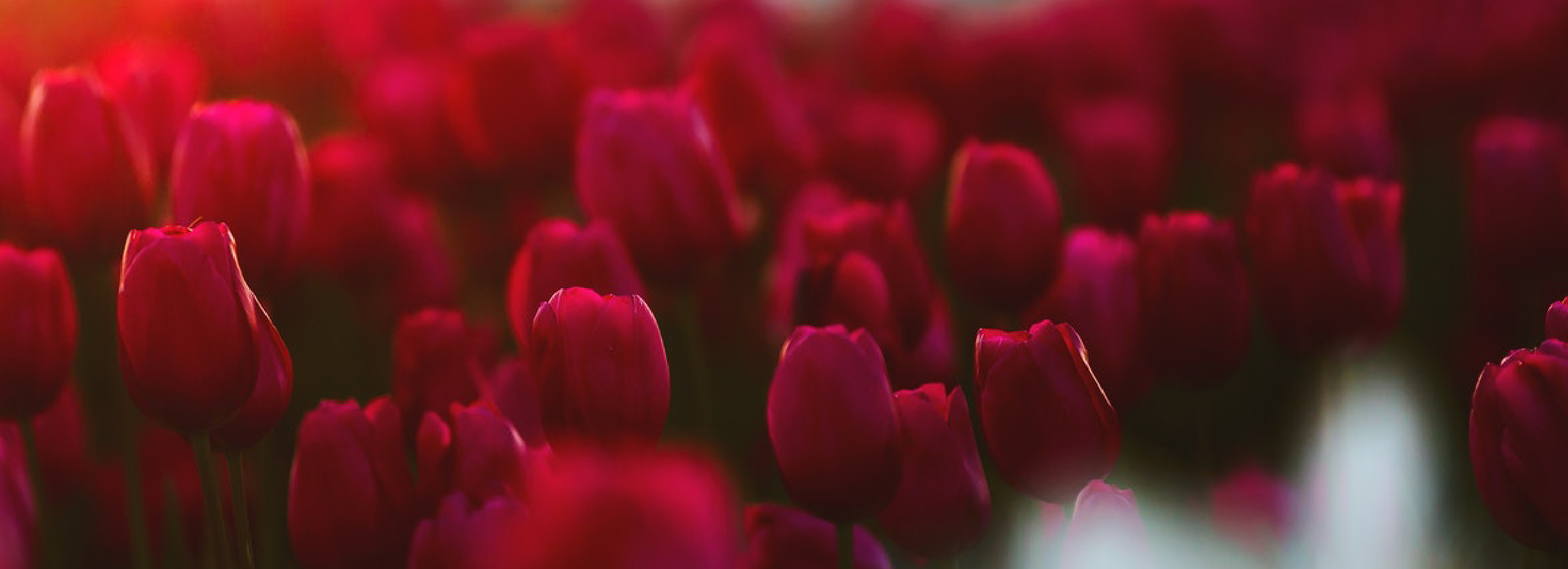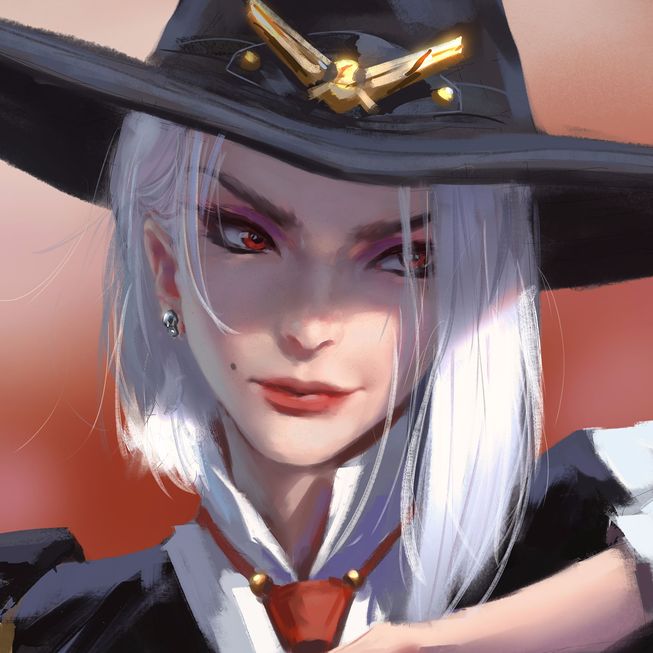Penti Tulip
Romance and Revenge
I love travelling through the fields. The Penti tulips cover the land, turning the grassland into a lovely maroon carpet.
The Penti tulip is a maroon-coloured flower that grows in temperate regions. For many people in the Empire of Pallernia, Military Dictatorship of Vivernia, and the Kingdom of Enlitica, the flower is known for the romantic traditions and rituals that it's required for. The flower is also poisonous and can result in a slow and painful death if consumed by someone foolish enough to do so.
Flower of Love
Instrument of Revenge









"Much to the disappointment of some bards, the practice of poisoning unfaithful spouses has fallen out of fashion in recent times." This sentence had me laughing out loud, nice job!
I'm glad you enjoyed it! :D
Maker of Maps